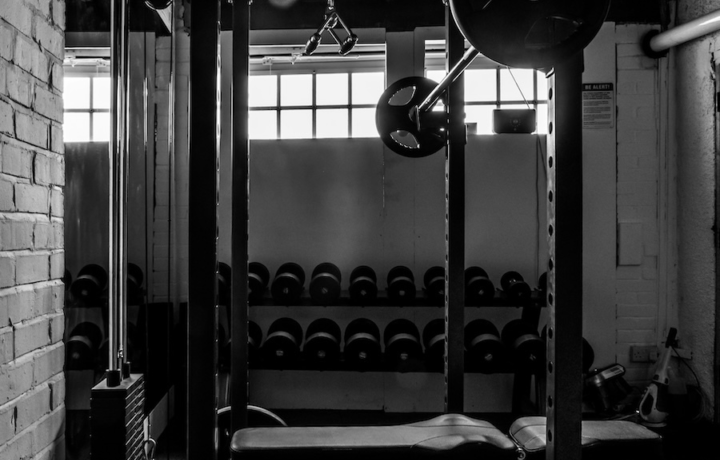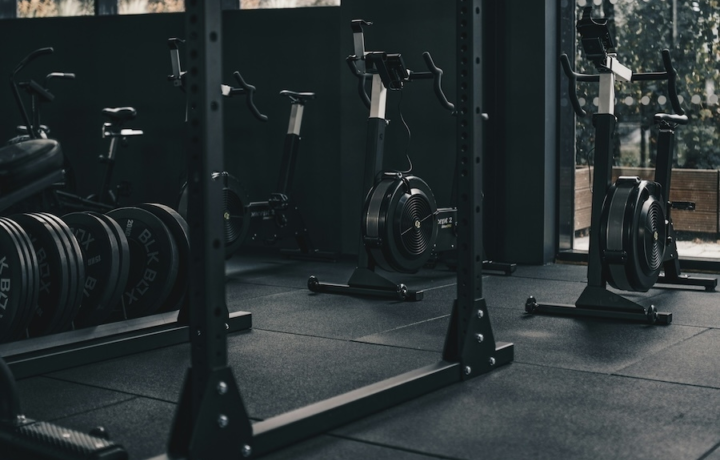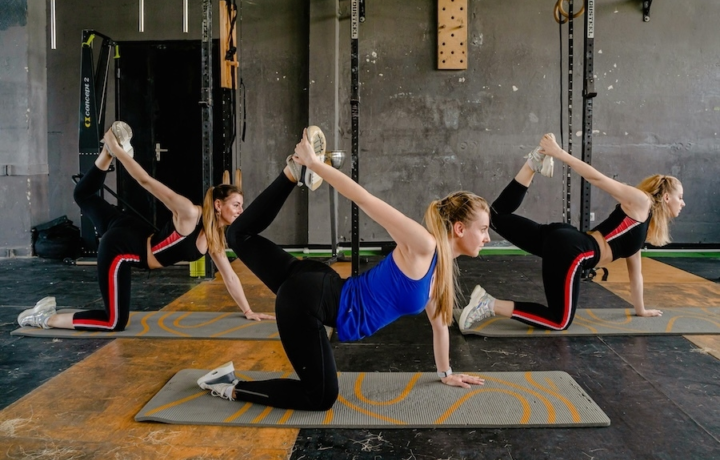Exercise
Overhead Triceps Stretch

Overhead Triceps Stretch
How to Perform
- Stand tall with your feet hip-width apart and maintain a neutral spine position with shoulders relaxed.
- Raise your right arm straight up toward the ceiling, then bend your elbow to allow your hand to drop behind your head, between your shoulder blades.
- Grasp your right elbow with your left hand and gently pull it toward the left side, applying light pressure to deepen the stretch in your triceps.
- Keep your shoulders down away from your ears and maintain an upright posture throughout the movement.
- Hold the stretch while taking 2-3 deep breaths, inhaling through your nose and exhaling slowly through your mouth.
- Release the stretch gradually and return to the starting position before switching to the opposite arm.
- Repeat the stretch with your left arm raised, right hand grasping the elbow, pulling gently toward the right side.
- Maintain core engagement throughout the stretch to support your spine and enhance stability.
Important information
- Keep your head in a neutral position and avoid jutting your chin forward during the stretch.
- Don't force the stretch beyond a comfortable range; you should feel tension but not pain in your triceps.
- If you have shoulder mobility issues, reduce the range of motion by keeping your elbow higher until flexibility improves.
- Make sure to breathe normally throughout the stretch, as holding your breath can create unnecessary tension.

Overhead Triceps Stretch
Exercise Details
Primary Muscles
Muscle Groups
Mechanic
Built for progress
Take the guesswork out of training
Create personalized AI-powered workout plans that evolve with you. Train smarter, track every rep and keep moving forward, one workout at a time.






The Overhead Triceps Stretch stands as one of the most effective and accessible ways to target the often-neglected triceps muscles at the back of your upper arms. Perfect for beginners, this fundamental stretch requires no equipment and can be performed virtually anywhere, making it an indispensable addition to your fitness routine regardless of your experience level.
When incorporated into your warm-up regimen, this stretch helps increase blood flow to the triceps muscles, preparing them for the demanding work ahead in your training session. The gentle elongation of the muscle fibers helps reduce the risk of strain during exercises like pushups, dips, or any pressing movements where the triceps play a crucial role.
As a cool-down or recovery technique, the Overhead Triceps Stretch works wonders for alleviating tension that builds up in these muscles after intense training. Regular implementation can contribute to improved mobility in your shoulder joints and enhanced flexibility in the triceps, potentially leading to better performance in various upper body exercises and daily activities that require overhead reaching or arm extension.
This stretch also serves as an excellent mobility exercise, encouraging a healthy range of motion in your shoulder complex while simultaneously addressing the triceps. For those who spend long hours at a desk, this stretch offers welcome relief from the tightness that often develops from prolonged periods of limited movement.
Whether you're an athlete looking to optimize recovery between training sessions or someone simply seeking to maintain functional mobility, the Overhead Triceps Stretch delivers significant benefits despite its simplicity. Its versatility makes it suitable for multiple points in your fitness journey – as preparation before exercise, as recovery afterward, or even as a standalone practice on rest days when maintaining mobility is the priority. Adding this foundational stretch to your routine represents a small time investment with potentially substantial returns for your upper body health and performance.
FAQ - Overhead Triceps Stretch
The Overhead Triceps Stretch primarily targets the triceps brachii muscle group at the back of your upper arms. It also engages the shoulder muscles and can provide a mild stretch to the latissimus dorsi (lats) depending on your positioning.
Raise one arm overhead, bend your elbow so your hand reaches toward the opposite shoulder blade, and use your opposite hand to gently pull the elbow toward your head. Keep your shoulders relaxed, core engaged, and maintain an upright posture without arching your back or leaning to either side.
Hold the stretch for 15-30 seconds per arm, repeating 2-3 times on each side. For optimal results, breathe deeply and relax into the stretch, allowing the muscle to gradually release rather than forcing the position.
If you have existing shoulder issues, modify by keeping the movement within a pain-free range and avoiding extreme positions. Consider consulting with a physical therapist first, as certain shoulder conditions like impingement or rotator cuff injuries may require adjusted techniques or alternative stretches.
The most common errors include shrugging your shoulders toward your ears, overarching your lower back to compensate for limited shoulder mobility, and stretching too aggressively. Focus on quality over intensity, keep your core engaged to protect your spine, and remember that consistent, gentle stretching yields better results than occasional forceful attempts.









